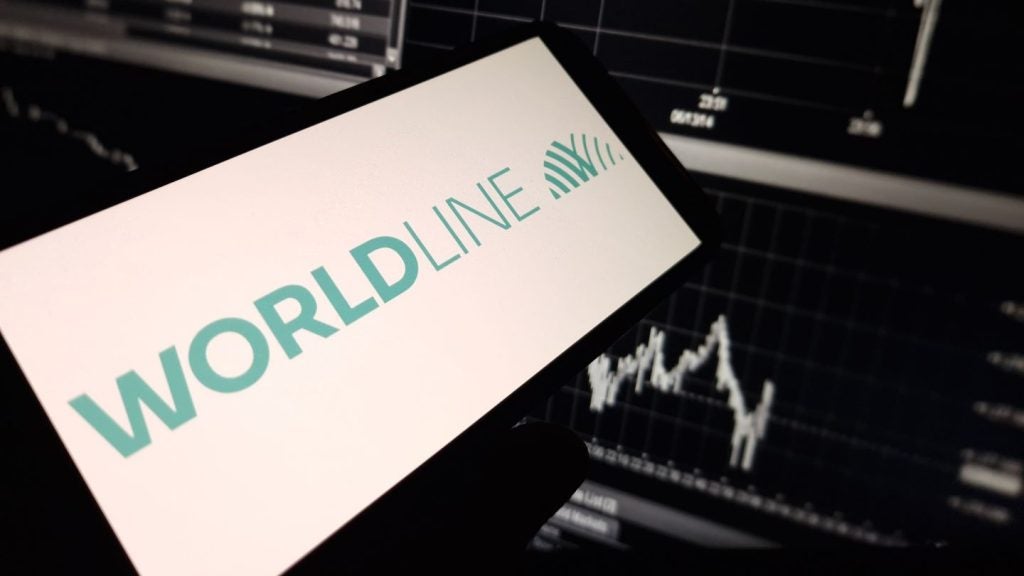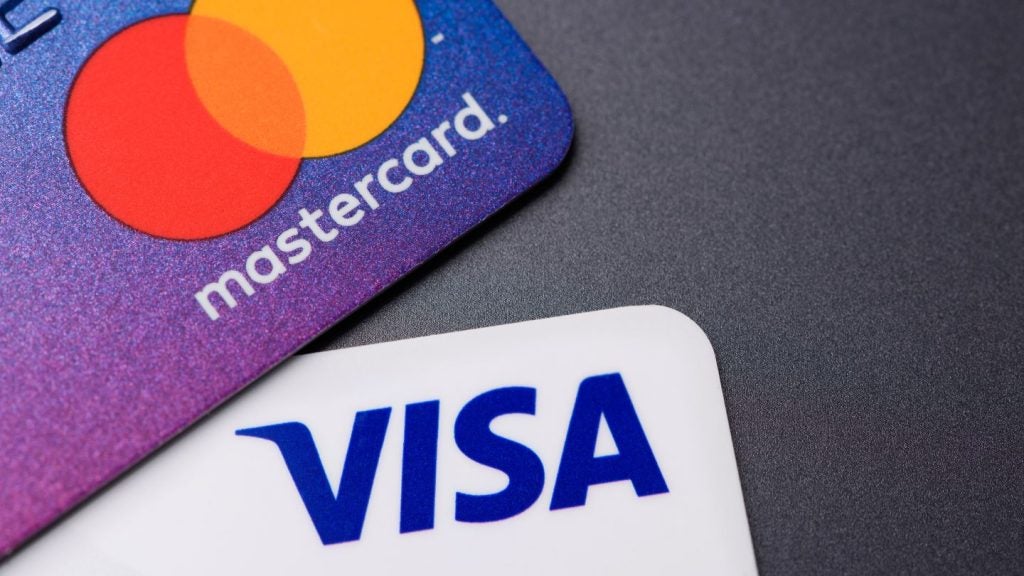Payments Europe conference and awards, organised by CI and VRL
KnowledgeBank, brought together an array of distinguished industry
experts to debate the most pressing issues facing Europe’s cards
industry. Victoria Conroy
reports from Brussels.
payments industry has witnessed the introduction of SEPA, further
consolidation across several industry sectors, and technological
innovation, all of which, when combined with the ongoing evolution
taking place in cards and payments across the world, make this
sector one of the most exciting – and sometimes challenging – to be
in.
just in Europe but worldwide, as established payment industry
players evaluate their growth strategies and new business
opportunities as new markets and industry sectors open up. However,
with new opportunities come new challenges, especially amid a
climate of global credit tightening and a faltering economic
outlook. It was against this backdrop that Cards & Payments
Europe 2008 took place, on 19 and 20 June in Brussels.
and payment industry was the focus of a few sessions during the
conference, with delegates keen to hear how the industry was
bracing itself for a possible further worsening of consumer
confidence and a worsening inflationary outlook, which is set to
put even more pressure on consumer spending.
at the Financial Institutions Group for the UK at payment strategy
consultancy
AT Kearney, looked at how the credit crunch is impacting the UK
and continental Europe.
lenders, but its impact is magnified by the level of consumer
indebtedness and the overall context of the economic cycle,” he
told delegates.
depends on a complex web of interdependencies, such as consumers’
available income, capacity to borrow, living costs and inflation
that affect the balance of supply and demand, and ultimately,
business profitability, he said.
UK consumer lending remains weak, with UK credit card advances in
decline for the last three years. This has led to what Burelli
described as increased competition over a diminishing target
market.
demographic segments that are more vulnerable,” he said, adding
that profitability issues are driving the industry into
consolidation.
margins due to the focus on zero balance transfers as a main method
for cardholder acquisition has driven profitability of UK credit
cards to an historical minimum,” Burelli said.
Different strategic scenarios
Card outstandings have also been growing across the rest of Europe,
with payment preferences, level of consumer indebtedness,
availability of credit having similar, but not equal, effects in
all European countries, Burelli said, with the industry in
different countries facing very different strategic scenarios. He
also pointed to the fact that continuing high inflation is not
allowing central banks to reduce base interest rates, leading to a
continued high cost of credit to consumers and businesses. However,
although higher consumer prices would result in less available
consumer income, in some instances, there is increasing demand for
credit, especially in lower income segments.
in the US was one of the contributing factors of the credit crunch,
and Sanjay Sakhrani, an equity analyst at
Keefe, Bruyette & Woods, gave his outlook for the future of
the US cards and payment industry.
Sakhrani said, pointing to an increase over the last year in
initial unemployment claims and the unemployment rate. Credit card
charge-off rates have benefited from low bankruptcy filings
following the late 2005 spike before the implementation of new
bankruptcy legislation, Sakhrani said, but credit metrics have
started to deteriorate of late at an accelerating pace.
2009,” he stated, although he was positive about the performance of
the card networks
American Express (Amex),
Visa and
MasterCard, due to their size and competitive advantages. For
Amex, Sakhrani cited the company’s closed-loop network as a
sustainable strength, along with a flexible business model.
However, Amex would be at risk from a weaker macroeconomic
environment due to lower spending volumes and credit quality
deterioration – Sakhrani noted that Amex had recorded strong
receivables growth recently.
rival Discover, due to its very high earnings sensitivity and
relatively weak product value proposition, although Sakhrani noted
that its subscale platform can further leverage solid industry
fundamentals. Sakhrani also stated Discover is “an attractive
acquisition candidate, as it is the only closed-loop payment
network with both credit and debit networks”.
cards and payments industry, although it can be argued that those
who will be most successful in difficult times are those who are
willing to adapt and innovate with the times. However, it could
also be argued that innovation will only be successful itself if it
solves an existing problem, and meets a real consumer demand –
otherwise, innovating just for the sake of innovating could end up
being more costly than anticipated. Several speakers – both banks
and non-bank players – gave examples of how they had successfully
innovated with new technology and value-added features with real
appeal for consumers.
payment provider
Monitise, outlined how mobile payments could provide a bigger
opportunity than online payments, given that among the global
population of 6.7 billion, around 2.6 billion people already have
mobile phones, outstripping the 1.4 billion people who have bank
accounts. Banks, Dart said, are looking for services that can be
implemented quickly at low risk and low cost. Such services must
also extend customer choice and be flexible in order to incorporate
new technologies being developed for the future. Mobile payments
are a clear fit in this area, and offer the opportunity for new
income streams. Currently, Monitise’s product and service
proposition is focused on managing bank accounts and card
transactions, reloading of prepaid and airtime credit, money
transfers, bill payments and peer-to-peer payments, but Dart said
the range of sectors will be extended to include government
services, microfinance and healthcare payments.
will only be realisable when consumers can do all of the following
from their mobile: manage accounts and check balances; access
source-of-funds to reload; initiate non-proximity payments such as
peer-to-peer and remittances; and make proximity ‘tap-and-go’
payments. Then, the ‘iPod for payments’ will be a reality,” Dart
stated, adding that he believed mobiles would be the most used
banking channel in three to eight years.
New distribution channels
In the current economic climate, the matter of recruiting and
retaining customers is more important than ever, especially in
heavily saturated and competitive markets like the US and the UK.
Peter Sidenious, a director at payment strategy firm Edgar, Dunn
& Co, outlined how new distribution channels and the impact of
non-bank players, such as telecom operators, processors, online
payment providers and merchants, are contributing to the
transformation of the global payments infrastructure. New product
propositions such as prepaid, contactless and co-branded cards are
also impacting on channel and distribution strategy.

US Tariffs are shifting - will you react or anticipate?
Don’t let policy changes catch you off guard. Stay proactive with real-time data and expert analysis.
By GlobalDataopportunities in payments, particularly in online payments, thus
increasing the competition and the range of services available to
consumers,” he said. “New technologies building out the contactless
infrastructure allow development of new channels, including mobile
banking and payments, as mobile device ubiquity and advancements
within mobile telephony are paving the way to the implementation of
the mobile payments channel.”
saying: “Mobile proximity payments offer a significant opportunity
for banks, but the lack of an accepted pricing structure between
stakeholders results in an uncertain business case. Despite a
number of initiatives underway, the business case for mobile
payments is not yet fully articulated.”
been strongly impacted by the increase in competition, regulatory
challenges and the deployment of multi-channel strategies,” he
added. “Banks’ profitability is reduced as a substantial number of
alternative payment methods that are currently available do not
require bank card usage or other type of bank intermediation.
Competition and customers’ expectations require providers to
continuously invest in the development of more sophisticated
products and services.”
revenue, banks should implement a more profitable processing and
payments instruments mix; implement cheque imaging at the POS to
make processing cheaper; and promote the use of more profitable
products such as credit cards over cash. Banks should also
cross-sell services and products across multiple channels; optimise
customer segmentation; and direct high net worth customers to
branches and low maintenance customers to self-service channels. In
order to reduce costs, banks should redirect electronic-savvy
customers from the branch to more profitable channels such as ATMs,
the internet and mobile.
of card schemes in Europe was also high on the agenda. Operational,
political and regulatory considerations of SEPA for cards continue
to dominate the industry agenda, such as standardisation and the
unbundling of schemes, processing, and so on.
policy division for SEPA at the European Central Bank detailed the
progress made in delivering SEPA for cards over the course of the
last year. SEPA for cards began on 1 January with the delivery of
the European Payment Council Framework and Eurosystem report. Also,
banks are increasingly issuing EMV-only cards in accordance with
the SEPA Cards Framework. However, Tur Hartman said “further action
was needed to reach the goals of card standardisation to facilitate
the emergence of an additional European card scheme”.
and customers, cardholders and merchants. Via standardisation and
the opening of previously shielded domestic markets, ‘SEPA for
Cards’ will provide opportunities to further increase the use of
cards,” he said.
concerns over the disappearance of national card schemes, “which
have delivered good solutions to domestic payment needs”, and
reaffirmed Eurosystem encouragement for a third debit scheme to be
established in Europe.
with its roots and legal basis in Europe – in addition to, and in
competition with, two international schemes that have good and
well-appreciated positions in Europe. The EU market is big enough
to have competition and consolidation and economies of scale,” he
said. “Market initiatives from schemes, banks and non-banks are
already working to create a new European card scheme, although it
has to be noted that most banks do not see their own bank in the
driving seat.”
Eurosystem would be to “enter into realistic, fresh and
constructive dialogue with the Directorate-General of Competition
to get maximum clarity and regulatory certainty on multilateral
interchange fees”.
clear separation of scheme management functions from processing,
and for issuers to start issuing multiple schemes. Acquirers should
also start acquiring multiple schemes.
objectives of SEPA, the prospect of a third debit scheme being
established in Europe to rival Visa and MasterCard met with a mixed
reception from both speakers and delegates. The consensus was that
technical and logistical considerations, such as the investment
required in setting up a new scheme from scratch, would prove to be
too difficult to deliver within the SEPA time frame, and that the
emergence of any new scheme would most likely ride on existing
payment infrastructure.
one of turning challenges into opportunities, and with plenty of
lively debate taking place about the future of Europe’s payment
industry, the next Cards & Payments Europe event is sure to
provide even more insight into this ever-changing industry.
CARDS & PAYMENT EUROPE 2008 AWARDS
WINNERS
Best New Credit Card Launch
Winner:
Discover Motiva
Best New Debit Card Launch
Winner:
Capital One Decoupled Debit
Best New Prepaid Card Launch
Winner:
IDT Prime Card
Best New Co-branded or Affinity Card Product
Launch
Winner:
Société Générale Franfinance Golf MasterCard
Best Innovation in a Loyalty Programme
Winner:
Garanti Bonus Trink Sticker
Best New Commercial Credit or Charge Card
Launch
Winner:
Caixaworks
Best Consumer Finance Company
Winner:
Cetelem
Card Processor of the Year
Winner:
SinSYS
Merchant Acquirer of the Year
Winners:
Euronet/ICICI
Bank
Most Promising New Entrant
Winner:
Monitise Americas
Best Merger or Acquisition
Winner:
VocaLink
Best Regional Card Issuer
Winner:
Standard Chartered







